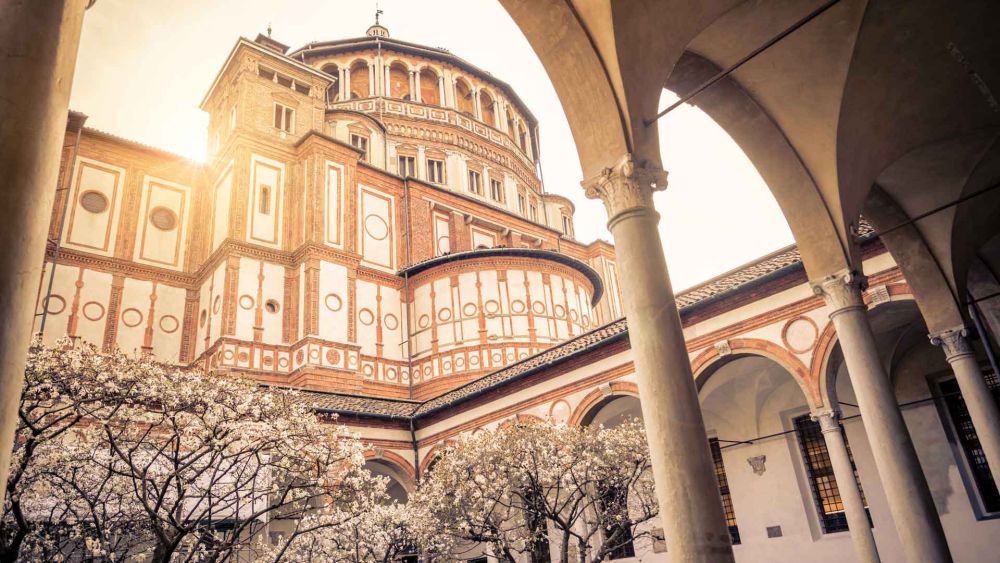

Santa Maria delle Grazie is a renowned cultural landmark situated in the heart of Milan, Italy. Not only does this church and Dominican convent stand out as a remarkable example of Renaissance art and architecture, but it also houses one of the world's most famous mural paintings: The Last Supper by Leonardo da Vinci.
The history of tourism at Santa Maria delle Grazie aligns closely with the fame of its most celebrated artwork. The church was completed in the late 15th century, and the adjoining Dominican convent was home to Leonardo da Vinci's The Last Supper, which he painted directly on the dining hall wall between 1495 and 1498.
Following its creation, the mural quickly gained acclaim and became a point of interest for visitors from across the globe. Over the centuries, despite deteriorating conditions, wars, and renovations, the allure of this iconic work has remained a constant draw for tourists. Notably, the church and the mural managed to survive the bombing during World War II, a miraculous event that further increased its stature amongst both the faithful and lovers of art.
In 1980, UNESCO recognized Santa Maria delle Grazie, including The Last Supper, as a World Heritage Site, cementing its status as a must-visit destination for cultural and historical tourism. This designation brought increased attention and a surge in visitor numbers, prompting the need for controlled tourism management to preserve the fragile artwork.
In recent years, tourism trends at Santa Maria delle Grazie reflect a growing concern for conservation and sustainable visitation. Access to The Last Supper is strictly limited, with a set number of visitors allowed per day and advanced booking often required months in advance. This effort ensures the protection of the art piece while still providing an opportunity for tourists to experience Leonardo's masterpiece.
In addition to conservation-focused practices, there has been a rise in the use of virtual tours and augmented reality experiences. These digital approaches allow broader access without endangering the site, satisfying the modern tourist's desire for both engagement and convenience.
To visit Santa Maria delle Grazie and The Last Supper today, tourists should plan well in advance due to the tight restrictions on entry. Tourists are also encouraged to explore the church itself, which is an outstanding architectural work designed by Donato Bramante, showcasing splendid Gothic and Renaissance elements.
Guided tours are popular among visitors keen to delve deeper into the history and significance of both the church and the mural. Various thematic tours offer insights into Renaissance Milan, da Vinci's life, and the influence of Santa Maria delle Grazie on religious and cultural tourism over the centuries.
As a destination expert, I advise visitors to also consider the broader context of their visit to Milan. The city boasts a rich tapestry of history, art, and fashion, making a trip to Santa Maria delle Grazie part of a comprehensive Italian cultural experience that will resonate with any tourist seeking depth and enlightenment in their travels.